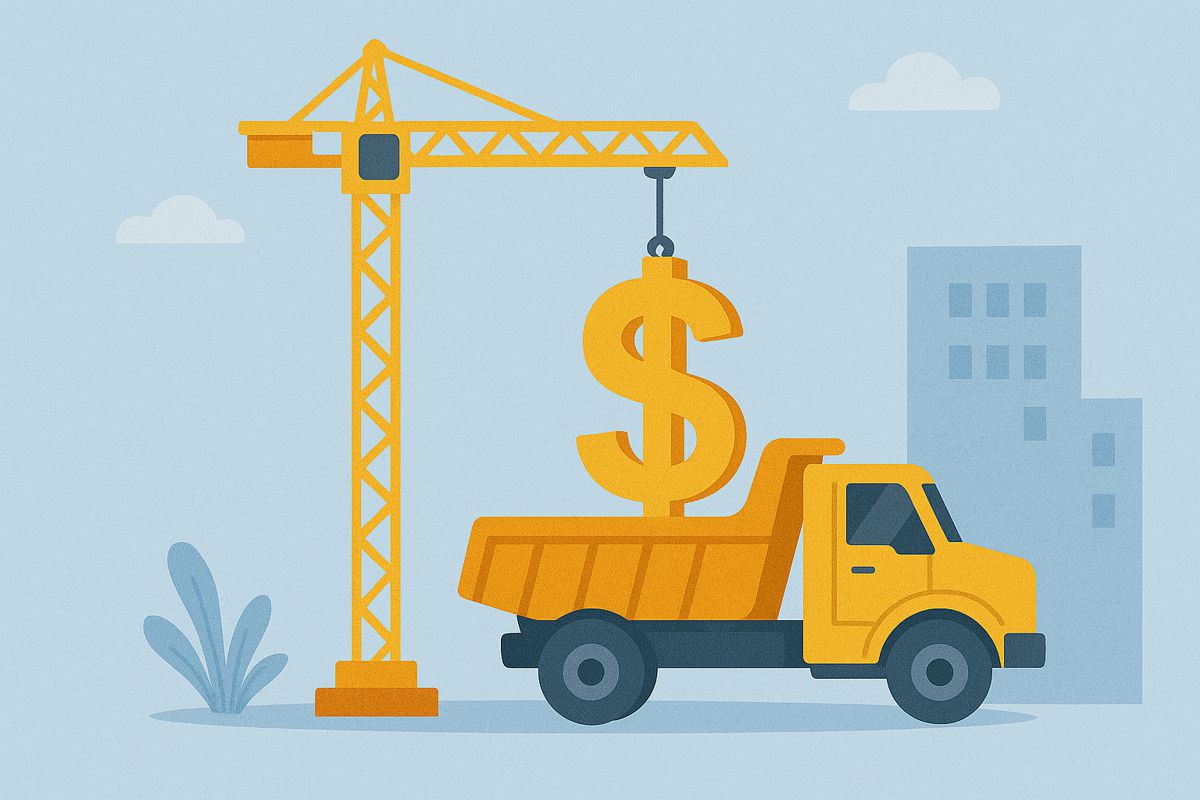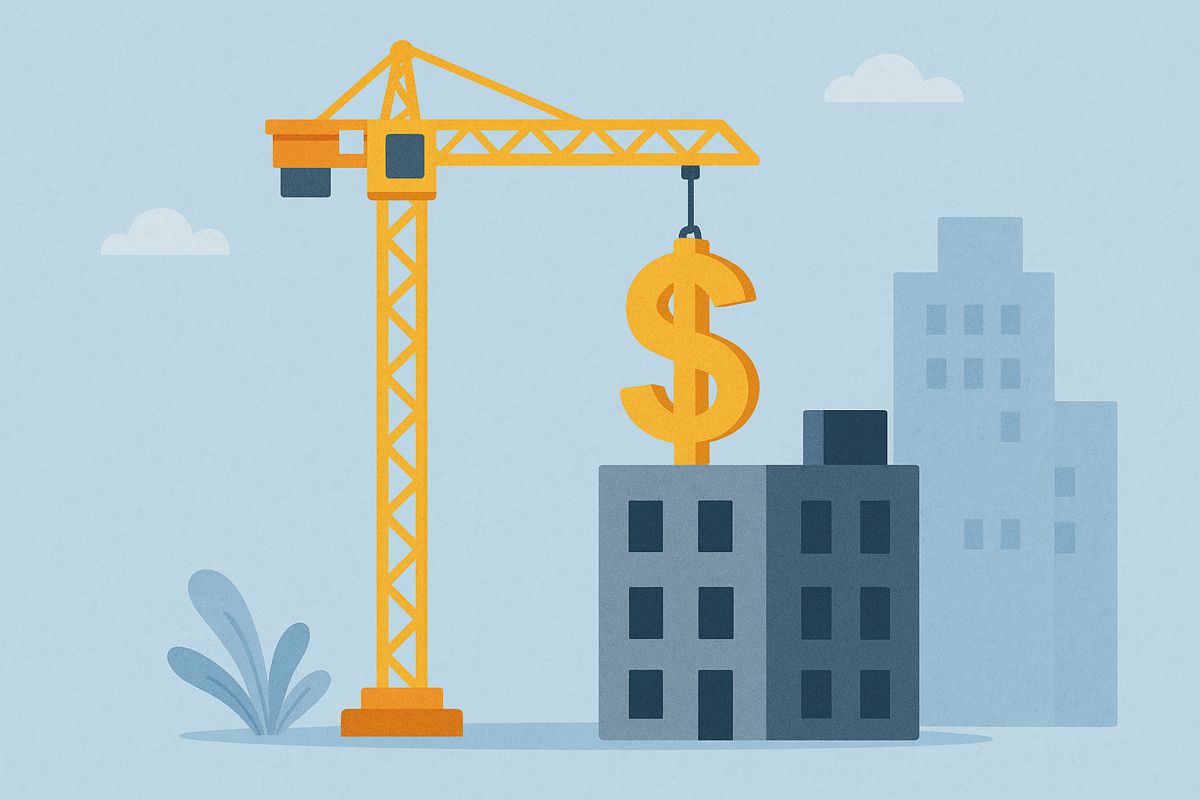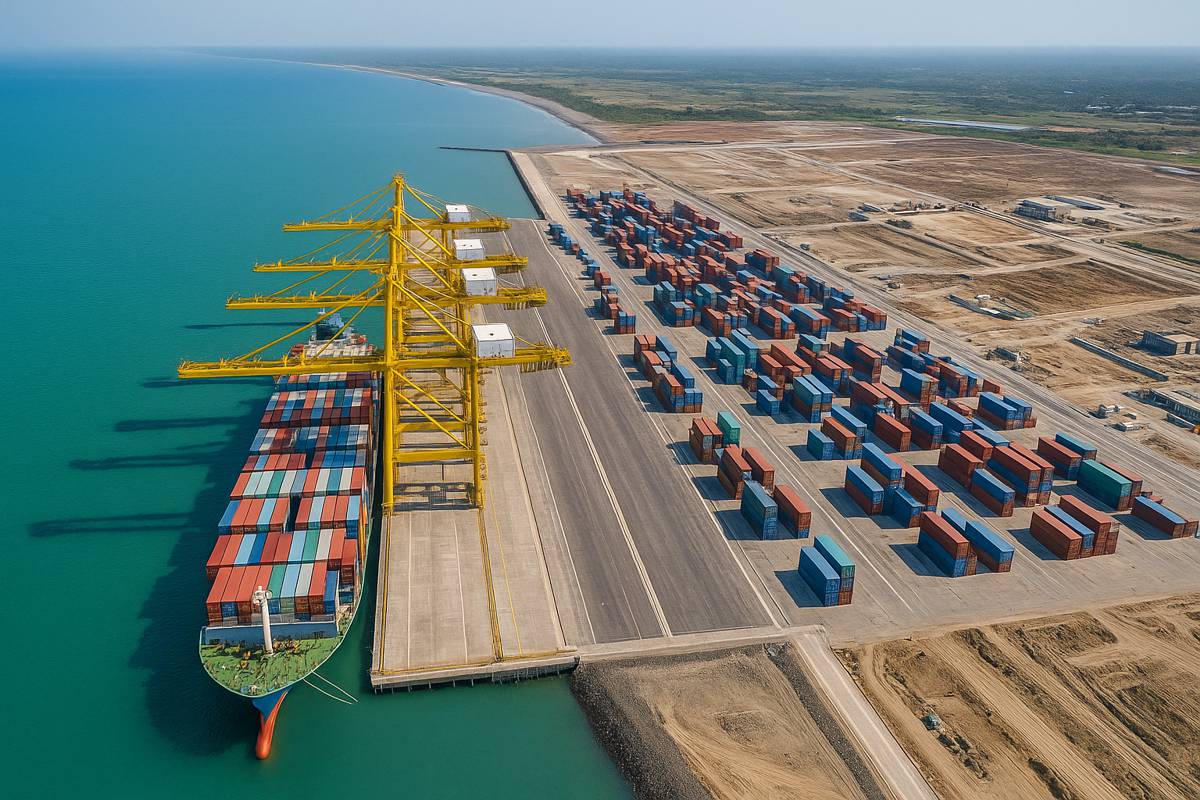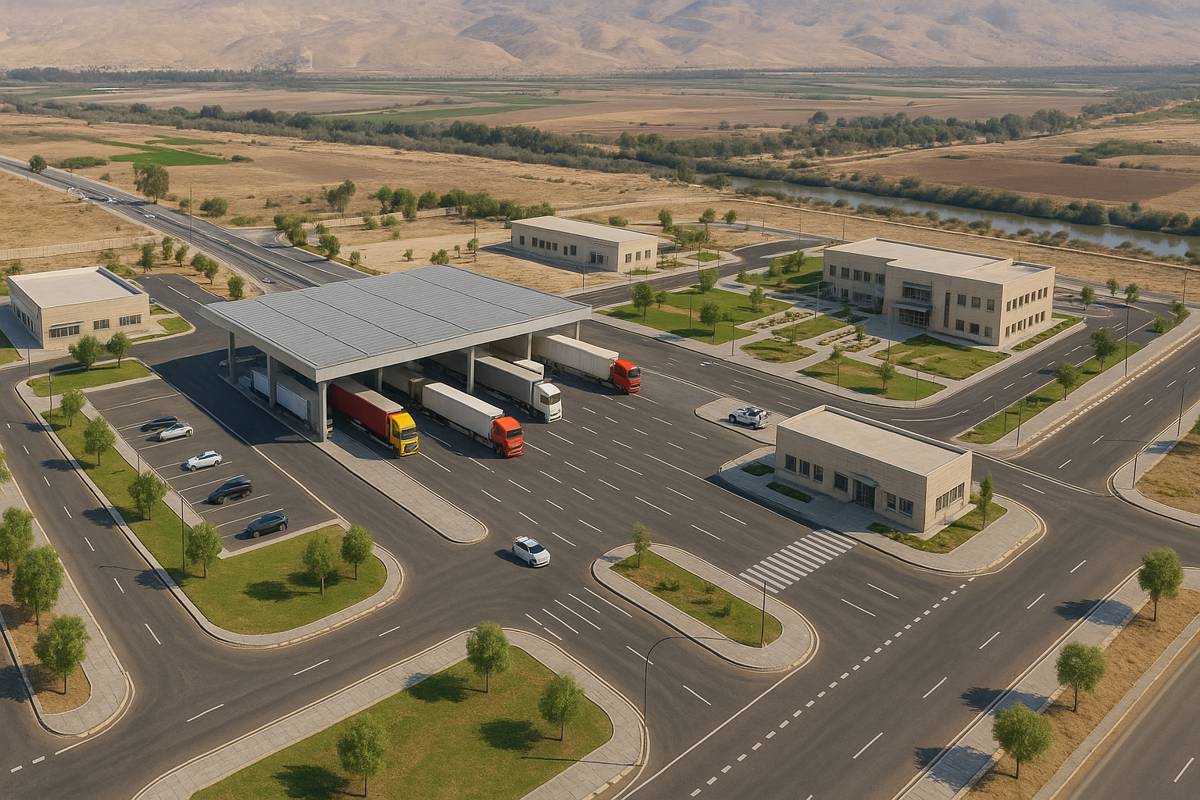How Builders Can Forecast Profitability Effectively
In the construction landscape, companies are under constant pressure to deliver projects on time and within budget. However, common industry challenges—such as supply chain disruptions, labor shortages, and fluctuating material costs—can significantly impact profitability.
In the following article, we will explore some of the most pressing issues that construction companies face, including inaccurate job costing, inefficient resource scheduling, and poor communication. We will also examine how Enterprise Resource Planning (ERP) systems designed for construction operations can offer practical solutions, helping firms improve forecasting, streamline workflows, and gain control over project outcomes. By understanding these pain points and adopting the right tools, construction professionals can better position themselves for long-term success.

1. Supply Chain Disruptions
Construction projects depend heavily on timely delivery of materials and equipment. Supply chain disruptions—whether due to global events, supplier issues, or transportation delays—can halt progress, increase idle time, and drive up project costs.
These interruptions often lead to scheduling changes and resource reallocation, making it difficult to stick to original timelines or budget estimates.
- Solution: ERP systems with integrated procurement and inventory modules allow firms to track supplier performance, monitor stock levels, and automate reorder processes. With real-time visibility into material availability and delivery timelines, project managers can plan around potential disruptions and source alternative vendors when needed. This agility reduces the impact of supply chain issues and keeps projects moving forward.
2. Labor Shortages
The construction industry continues to grapple with a shortage of skilled labor. This scarcity can lead to project delays, higher labor costs, and reliance on subcontractors whose availability may be inconsistent.
Labor shortages also create challenges in maintaining quality and safety standards when the workforce is stretched too thin.
- Solution: An ERP platform can provide workforce planning tools that match labor availability with project demands. Scheduling modules ensure that teams are deployed efficiently across job sites, while labor tracking features help monitor productivity and allocate overtime strategically. With centralized staffing data, firms can identify gaps early and adjust hiring or training initiatives accordingly.
3. Fluctuating Material Costs
Volatile pricing for construction materials—such as steel, lumber, and concrete—can quickly erode profit margins.
Without proper cost tracking and forecasting, it becomes difficult to account for these shifts in financial planning. This unpredictability often leads to underbidding or budget overruns mid-project.
- Solution: Construction ERP systems include budgeting tools that incorporate real-time market data and vendor pricing updates. These tools help firms forecast costs more accurately and create contingency plans for price hikes. These platforms offer better control over material spending by automating cost comparisons and integrating purchasing data.
4. Profitability Pressures
Even when projects are completed on time, hidden inefficiencies in resource use, procurement, or billing can eat away profitability.
Disconnected workflows and data silos often obscure the true financial picture, making it harder for executives to identify areas of waste or missed opportunity.
- Solution: An ERP platform combines financials, operations, and reporting in one place. With features like job costing, integrated accounting, and real-time dashboards, firms gain a clear view of their profit margins at every project stage. This transparency enables better decision-making and early intervention when performance metrics fall short.
5. Fragmented Project Oversight
Managing multiple construction sites, subcontractors, and compliance requirements without a unified system leads to delays, miscommunication, and costly rework.
Relying on spreadsheets or disjointed software makes it difficult to coordinate efforts across departments and locations.
- Solution: ERP solutions unify project management, procurement, HR, and finance into a centralized platform. Mobile access allows field teams to submit updates instantly, while customizable dashboards give executives a real-time snapshot of operations. This holistic visibility improves collaboration, accountability, and timely decision-making—ultimately safeguarding profitability and project success.

Choosing the right ERP system requires a thorough evaluation of a company’s needs, size, and long-term goals. Construction firms should consider systems that offer scalability, industry-specific features, and user-friendly interfaces to maximize adoption and return on investment. It’s also crucial to assess vendor support, integration capabilities with existing tools, and the ability to customize workflows to suit individual project requirements.
To effectively forecast profitability before breaking ground, construction professionals should follow a set of practical steps:
- Conduct a Full Operational Audit: Identify current inefficiencies, siloed processes, and data blind spots.
- Define Clear Goals: Know what success looks like in financial, operational, and strategic terms.
- Evaluate ERP Options: Compare features, scalability, user experience, and industry relevance.
- Invest in Training: Ensure all team members understand and utilize the system effectively.
- Monitor and Adapt: Use the ERP’s analytics to refine processes continuously and stay responsive to change.
In conclusion, the construction industry is undergoing a digital transformation, and ERP systems are at the heart of this evolution. By integrating operational workflows with financial forecasting tools, these platforms empower builders to make data-driven decisions that enhance profitability from the earliest stages of a project.
When leveraged correctly, ERP isn’t just a backend tool—it’s a strategic asset that helps firms build smarter, faster, and more profitably.




















